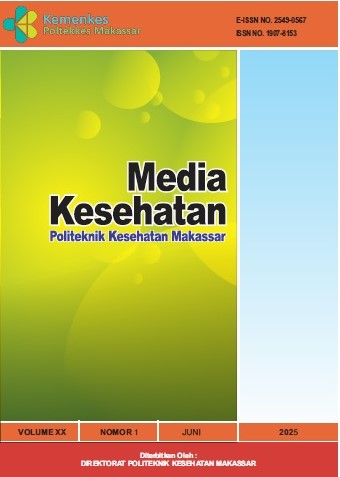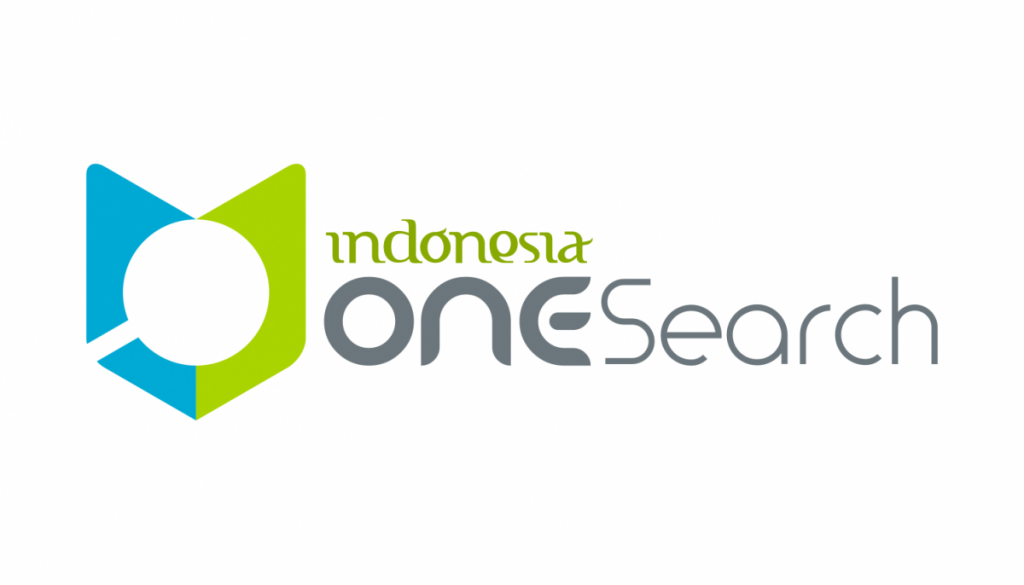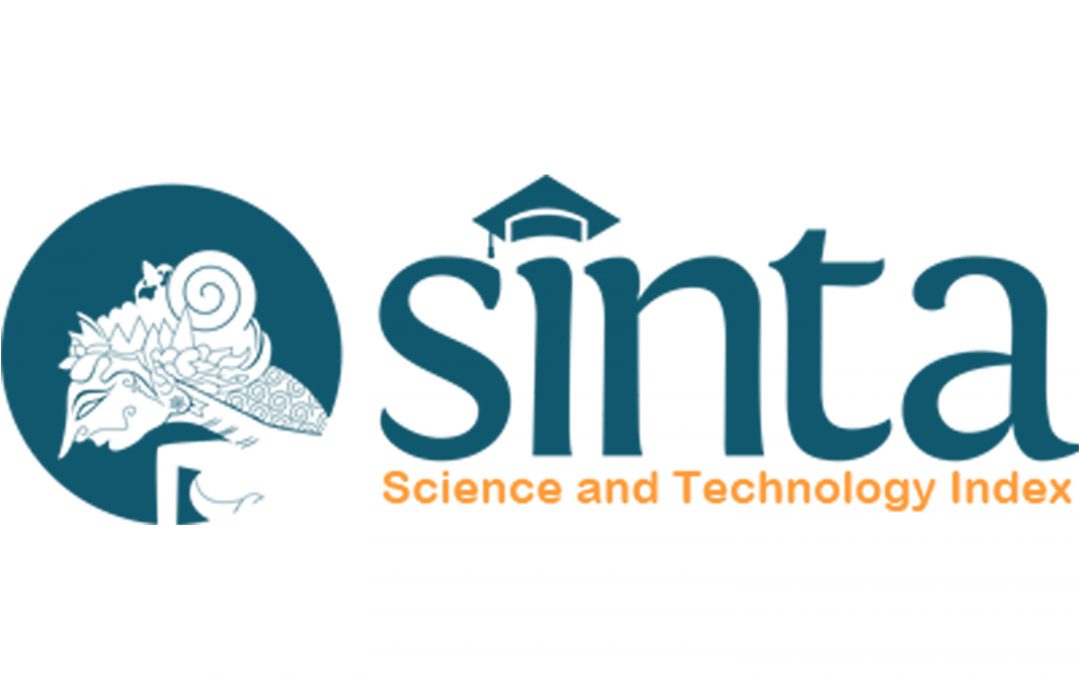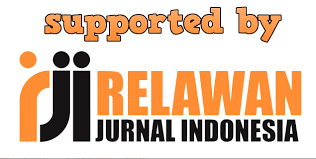Social Protection Coverage and Food Security Key to Addressing Stunting: A Descriptive Analysis in Jeneponto and Barru, South Sulawesi
DOI:
https://doi.org/10.32382/medkes.v20i1.1399Keywords:
Food Security, Social Protection, StuntingAbstract
Background: Food security and social protection are two variables that contribute to the prevalence of stunting and are critical points in efforts to prevent stunting. Programs related to food security and social protection as efforts to prevent stunting have been implemented in all districts/cities in Indonesia, including Jeneponto District and Barru District, but comprehensive information on these programs has not yet been reviewed. Objective: This study aims to describe how stunting prevention opportunities through social assistance programs for food-insecure families in Jeneponto District and Barru District can be achieved, with a focus on the effectiveness of these programs in reducing stunting. Method: The study design is descriptive and presents bivariate analysis using data on children aged 0–23 months from the 2022 Indonesian Nutrition Status Study in Jeneponto District and Barru District. Data analysis was conducted using IBM SPSS Statistics 25 and presents data percentages and categorical variables. Results: The percentage of children aged 0-23 months with stunting in Jeneponto District was 25.84% and in Barru District was 47.57%. The percentage of children with normal nutritional status was higher than those with stunting in families receiving social assistance. Conclusion: The prevalence of stunting in Jeneponto and Barru remains high. The findings indicate that targeted social assistance positively contributes to food security and stunting prevention. Most families have good dietary consumption patterns. To reduce stunting, it is necessary to integrate social assistance with food security interventions and basic health services, particularly for poor and food-insecure families with children aged 0-23 months.
Keywords: Food Security, Social Protection, Stunting
References
Izwardy D, Eko S, Irawan IR. Prevalence and Risk Factors of Stunting in Children Aged 0-23 Months in Indonesia. In: Developing a Global Pandemic Exit Strategy and Framework for Global Health Security. Masters Program in Public Health, Universitas Sebelas Maret; 2021. p. 169.
Bariah Abdul Hamid S, Mohamed Denil N, Adilah Ismail N, Vipta Resti Mauludyani A. Stunting and food insecurity among children from low socioeconomic family during COVID-19 pandemic in urban area in Selangor. 2024.
Mahmudiono T, Nindya TS, Andrias DR, Megatsari H, Rosenkranz RR. Household Food Insecurity as a Predictor of Stunted Children and Overweight/Obese Mothers (SCOWT) in Urban Indonesia. Nutrients. 2018 Apr 26;10(5):535.
Fafard St-Germain AA, Siddiqi A. The Relation Between Household Food Insecurity and Children’s Height in Canada and the United States: A Scoping Review. Advances in Nutrition. 2019 Nov;10(6):1126–37.
Beal T, Tumilowicz A, Sutrisna A, Izwardy D, Neufeld LM. A review of child stunting determinants in Indonesia. Matern Child Nutr [Internet]. 2018 Oct 17;14(4). Available from: https://onlinelibrary.wiley.com/doi/10.1111/mcn.12617
Devereux S. Social protection for enhanced food security in sub-Saharan Africa. Food Policy. 2016 Apr;60:52–62.
Asaki FA, Oteng-Abayie EF, Baajike FB. Effects of water, energy, and food security on household well-being. PLoS One. 2024 Jul 1;19(7 July).
Shah N, Zaheer S, Iram U. Health insurance, social safety net and maternal health service utilisation in Pakistan: a population based cross-sectional study. BMJ Open. 2024 Aug 28;14(8):e079646.
Noer KU, Madewanti NLG. Too many Stages, Too Little Time: Bureaucratization and Potential Impasse in the Social Safety Net Program in Indonesia. Jurnal Studi Pemerintahan. 2020;11(3).
Suryahadi A, Al Izzati R, Yumna A. The Impact of Covid-19 and Social Protection Programs on Poverty in Indonesia. Bull Indones Econ Stud. 2021 Sep 2;57(3):267–96.
Olney DK, Gelli A, Kumar N, Alderman H, Go A, Raza A, et al. Nutrition-sensitive social protection programs within food systems [Internet]. 2021. Available from: https://hdl.handle.net/10568/143464
Kemenkes. Laporan Survei Kesehatan Indonesia 2023 [Internet]. Jakarta; 2023 [cited 2025 Mar 11]. Available from: https://www.badankebijakan.kemkes.go.id/hasil-ski-2023/
Haddad L, Achadi E, Bendech MA, Ahuja A, Bhatia K, Bhutta Z, et al. The Global Nutrition Report 2014: Actions and Accountability to Accelerate the World’s Progress on Nutrition. J Nutr. 2015 Apr;145(4):663–71.
Kemenkes. Peraturan Menteri Kesehatan Tentang Standar Antropometri Anak. 2 Indonesia; 2020.
World Food Programme. The Food Consumption Score [Internet]. 2019 [cited 2025 Apr 5]. Available from: https://resources.vam.wfp.org/data-analysis/quantitative/food-security/food-consumption-score
Ickes SB, Wu M, Mandel MP, Roberts AC. Associations between social support, psychological well-being, decision making, empowerment, infant and young child feeding, and nutritional status in Ugandan children ages 0 to 24 months. Matern Child Nutr. 2018 Jan 1;14(1).
Nashira IT, Kusnandar K, Sukamto IS. Prevalence And Risk Factors Of Stunting Among Toddlers In Urban And Rural. Jurnal Kesehatan Manarang. 2024 Aug 23;10(2):83.
Seo BK, Park GR. Food insecurity and housing affordability among low-income families: Does housing assistance reduce food insecurity? Public Health Nutr. 2021 Sep 1;24(13):4339–45.
Kemensos. Peraturan Menteri Sosial : Program Keluarga Harapan. 1 2018.
Coleman-Jensen A, Rabbitt MP, Gregory CA, Singh A. Household Food Security in the United States in 2021 [Internet]. 2022. Available from: www.ers.usda.gov
Alderman H. Leveraging Social Protection Programs For Improved Nutrition. 2016 [cited 2025 Apr 6]; Available from: https://ideas.repec.org/p/wbk/wbrwps/106265.html
Dana LM, Ramos-García C, Kerr DA, Fry JM, Temple J, Pollard CM. Social Vulnerability and Child Food Insecurity in Developed Countries: A Systematic Review. Vol. 16, Advances in Nutrition. Elsevier B.V.; 2025.
Susantyo B, Habibullah H, Irmayani N, Erwinsyah R, Nainggolan T, Sugiyanto S, et al. Social cash assistance for food security during a disaster: lesson learned from Indonesia. IOP Conf Ser Earth Environ Sci. 2023 May 1;1180(1):012047.
Dasgupta S, Robinson EJZ. Food Insecurity, Safety Nets, and Coping Strategies during the COVID-19 Pandemic: Multi-Country Evidence from Sub-Saharan Africa. Int J Environ Res Public Health. 2021 Sep 23;18(19):9997.
Varshney D, Kumar A, Mishra AK, Rashid S, Joshi PK. India’s COVID-19 social assistance package and its impact on the agriculture sector. Agric Syst. 2021 Apr;189:103049.
Bailey MJ, Hoynes H, Rossin-Slater M, Walker R. Is the Social Safety Net a Long-Term Investment? Large-Scale Evidence From the Food Stamps Program. Review of Economic Studies. 2024 May 9;91(3):1291–330.
Habibullah H, Yuda TK, Setiawan HH, Susantyo B. Moving beyond stereotype: A qualitative study of long‐standing recipients of the Indonesian conditional cash transfer (CCT/PKH). Soc Policy Adm. 2024 Jan 2;58(1):108–21.
Hudang AK, Hariyanto T, Handoyo RD. Does conditional cash transfer deliver? The Indonesian evidence on PKH. Business: Theory and Practice. 2024 Sep 3;25(2):447–57.
Suparto TA, Nur Azizah N, Andriyani S, Puspita APW, Hermayanti Y. The Problems Affecting the Implementation of Posyandu Program: A Literature Review. JIKO (Jurnal Ilmiah Keperawatan Orthopedi). 2022 Jun 6;6(1):22–8.
Noor M, Budi S, Riana D. Implementasi Bantuan Sosial Tunai Bagi Masyarakat Yang Terdampak Pandemi Covid-19. Aksiologi : Jurnal Pendidikan dan Ilmu Sosial. 2022 Apr 7;2(2):71–81.
Aprilia Y, Luluk Latifah, Iskandar Ritonga. Systematic Literature Review: Kebijakan Pemerintah terhadap Penyaluran Dana Bantuan Sosial Bagi Pelaku UMKM di Indonesia. Jurnal Kebijakan Pembangunan. 2022 Jun 30;17(1):59–74.
Siregar MRF. Pelaksanaan Program Keluarga Harapan Dalam Mencegah Stunting Pada Balita Keluarga Penerima Manfaat Di Kelurahan Binjai Serbangan Kecamatan Air Joman Kabupaten Asahan. 2021 [cited 2025 Mar 10]; Available from: https://jurnalmahasiswa.umsu.ac.id/index.php/jimsipol/article/view/526/532
Nounkeu CD, Dharod JM. Integrated Approach in Addressing Undernutrition in Developing Countries: A Scoping Review of Integrated Water Access, Sanitation, and Hygiene (WASH) + Nutrition Interventions. Curr Dev Nutr. 2021 Jul;5(7):nzab087.
Kadir K, Prasetyo OR. KAJIAN PENGUKURAN SKALA PENGALAMAN KERAWANAN PANGAN PADA RUMAH TANGGA PERTANIAN: HASIL UJI COBA SURVEI PERTANIAN TERINTEGRASI. Jurnal Litbang Sukowati : Media Penelitian dan Pengembangan. 2021 Oct 21;5(1):93–107.
Downloads
Published
How to Cite
Issue
Section
PDF (Bahasa Indonesia) downloaded: 243















